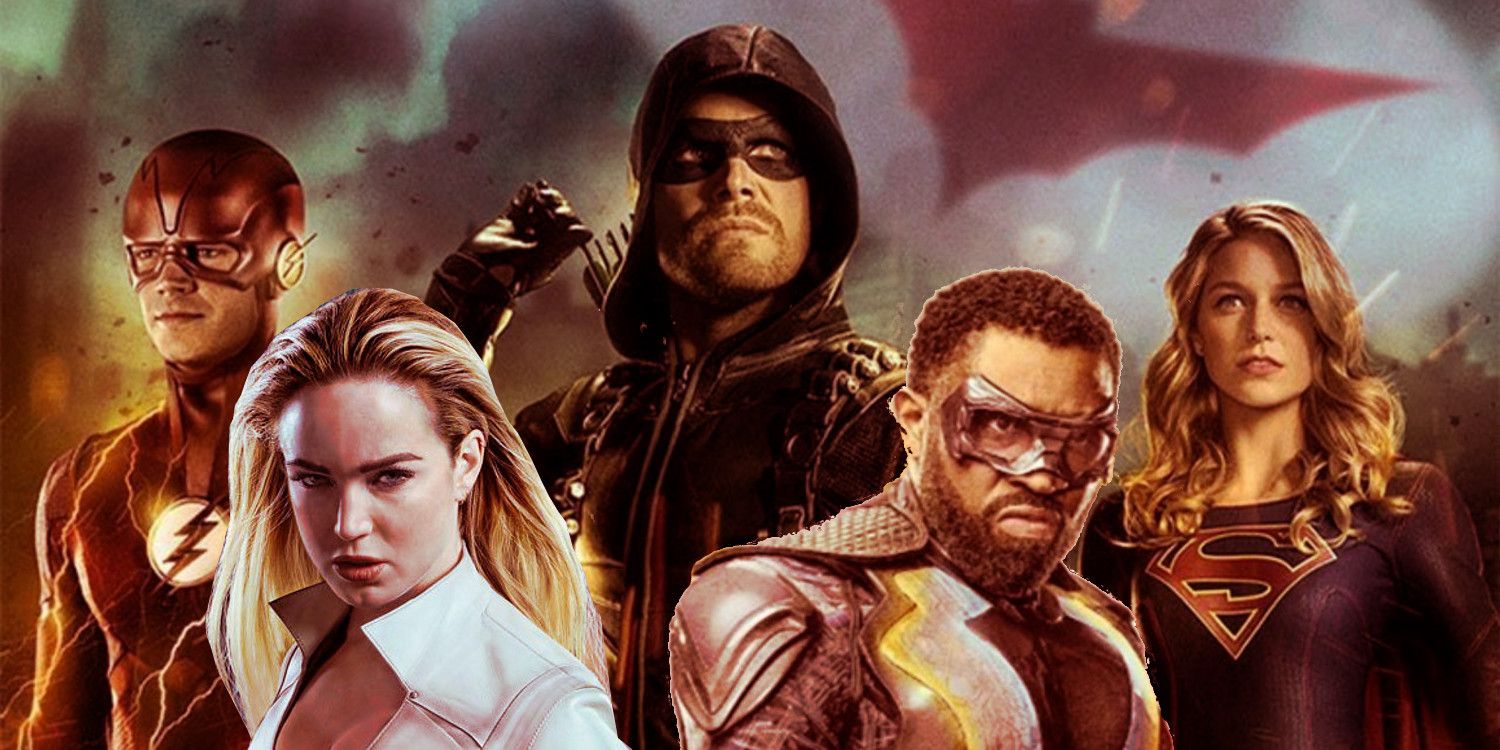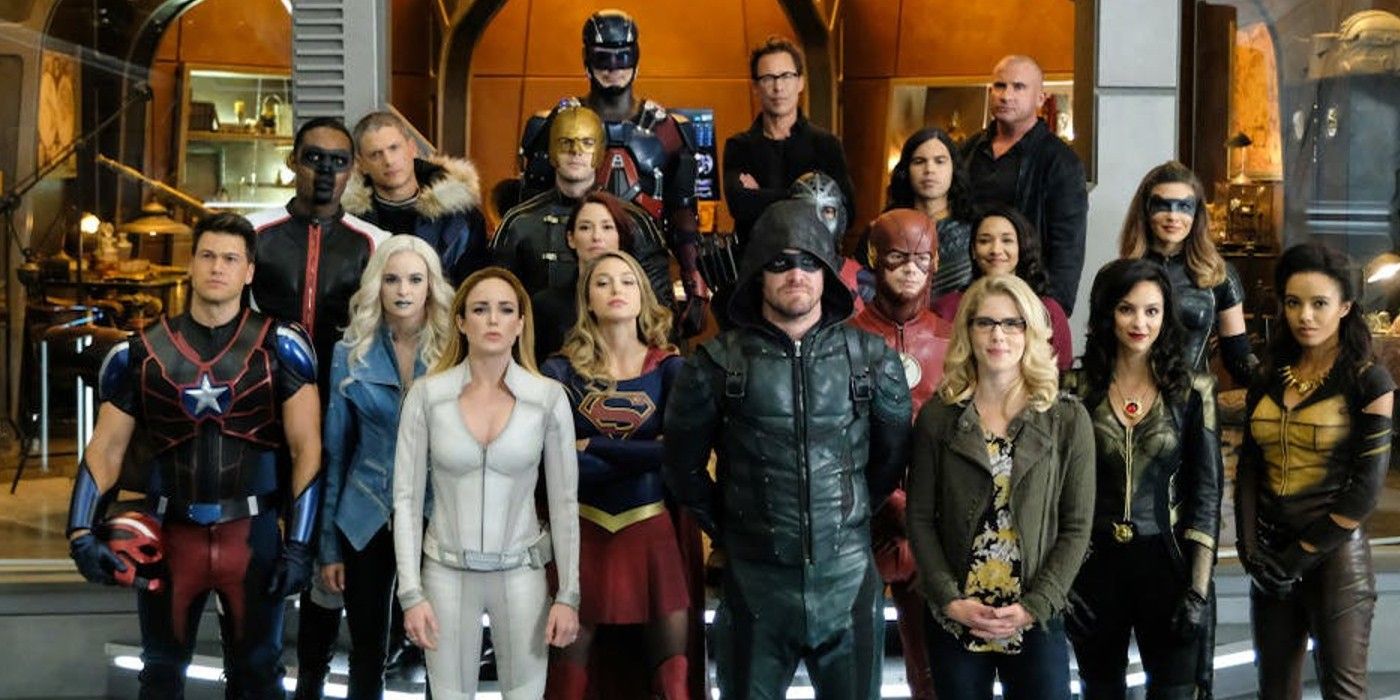A new crisis is rapidly approaching the CW’s Arrowverse, and it’s bigger than any crossover the heroes have faced. This crisis will have nothing to do with heroes or villains fighting for control of the universe. Instead, it will result from the CW’s golden age of heroes coming to an end. Though the Arrowverse currently consists of seven interconnected television shows, with six currently in production, two will end at the completion of their current seasons: Black Lightning and Supergirl. The end of these two shows will bring the CW’s Arrowverse current slate down to four, with others still facing uncertain futures.
It is no surprise that over the course of a TV series characters are killed, actors leave, and storylines end, it's just how television works. Normally, when these things happen, the repercussions are minimal, and the given series continues relatively unburdened by the losses. However, the CW is not dealing with normal television series. This impending crisis has been coming since the CW first ventured to bring an inter-connected comic book multiverse to life. It seems little consideration was given to what happens when they no longer have any A-list heroes or villains to draw audiences in with.
When Arrow concluded, the CW attempted to rebrand its superhero multi-verse as the “CWverse,” but this has yet to catch on and may point to the Arrowverse crisis in question. This world is completely dependent on its mainstay characters and as a result, will quickly fall apart without its most treasured heroes. After nearly 10 years of storytelling, the CW has burned through their most recognizable characters and the outcome is a DC comics television universe deprived of A-list characters. The first to go was Green Arrow, and he will soon be followed by Supergirl and Black Lightning. Even with the well-received series Superman & Lois and Stargirl, there remain significant hurdles such as the diminishing ratings of Batwoman and Legends of Tomorrow which could result in the loss of additional heroes.
In fact, Batwoman season 2 has continually seen ratings of around half of its first season average and Legends of Tomorrow has already narrowly escaped cancellation more than once. In Legends’ case, the show must also deal with the recent exit by Dominic Purcell (Heat Wave), a fan-favorite character. Fortunately, there are other shows in development, such as the possible Black Lightning spinoff Painkiller and Naomi from producer Ava DuVernay, whose New Gods film was recently shelved by Warner Bros. Though, like Green Arrow & the Canaries, there is a chance these shows will not receive series’ orders from the CW.
If both receive series orders from the CW, they will further establish a more diverse roster of Arrowverse heroes and bring new life to the universe. However, it remains to be seen if they will be able to attract the audiences the network once saw in the early days of the Arrowverse. This is not a judgement on the quality of the characters, it’s more of an observation on the built-in audiences these characters bring to the table and their ability to anchor a television universe. Anchoring this universe will be exceedingly important once all the original Arrowverse shows come to an end.
It will likely fall to The Flash to establish the CWverse’s heir which will be the show that will act as the multi-verse’s new backbone, the one that will be ready to usher in a new era of heroes. One would assume this task would fall to Superman, but this remains to be seen as the new series has yet to reference the events of Crisis or even acknowledge Supergirl. Regardless of which character is given the reigns to the multiverse and takes charge, the future of the Arrowverse will fall on their shoulders as they attempt to unite the shows and lead the new team forward.


